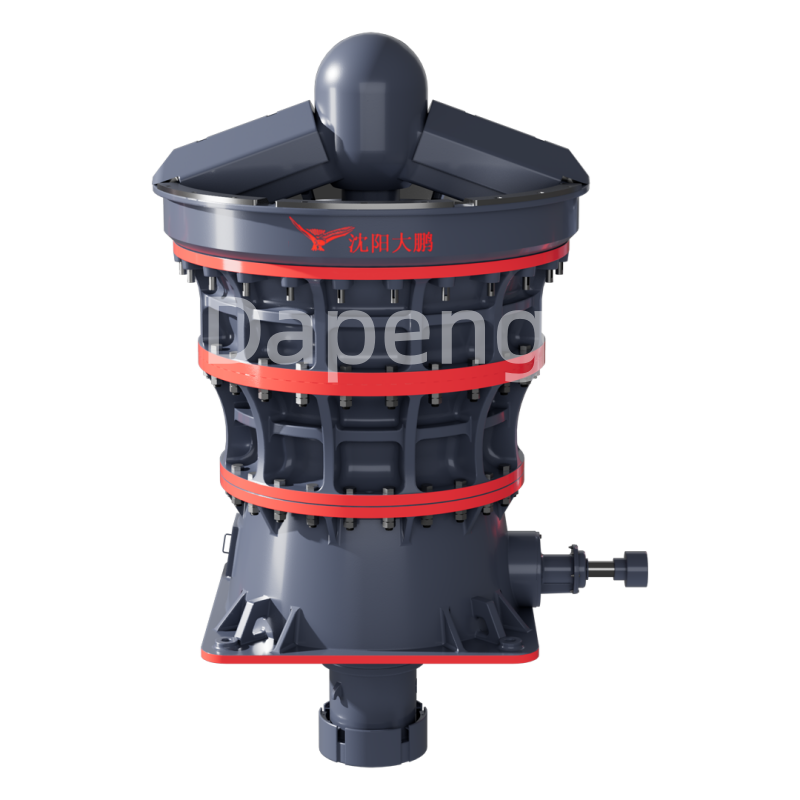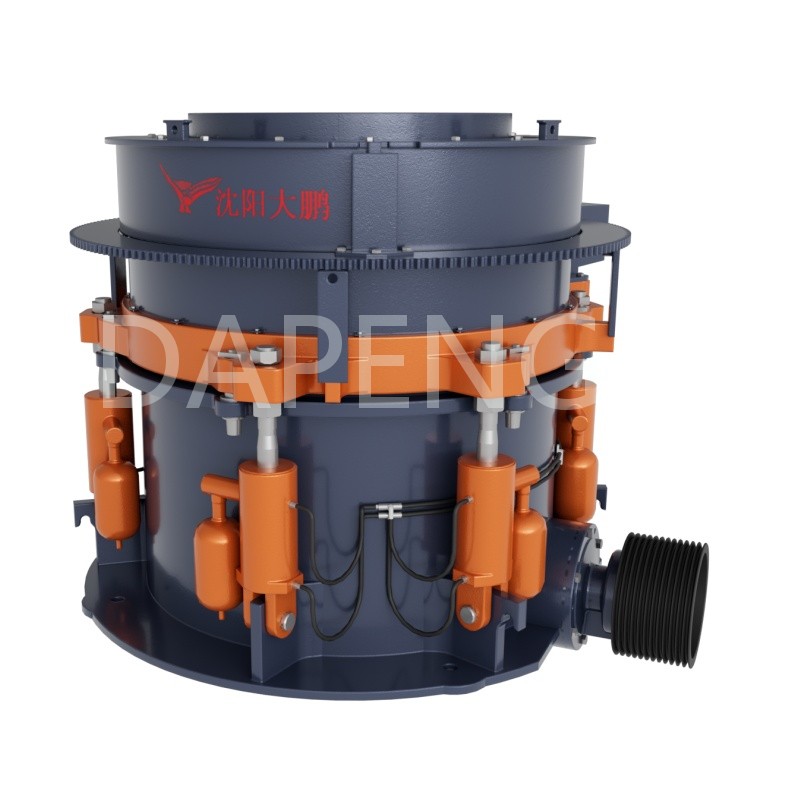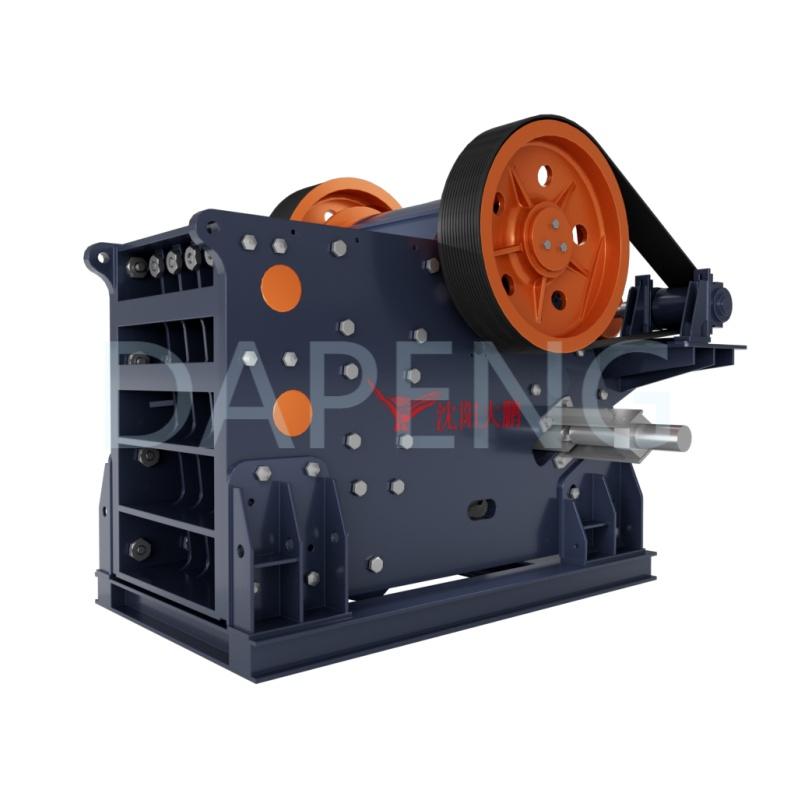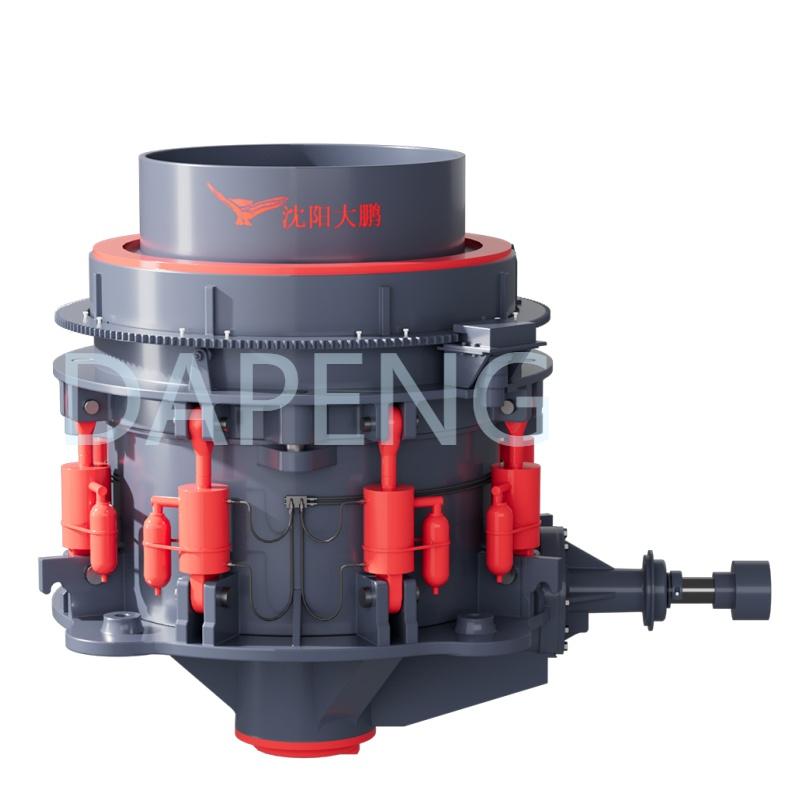I. The Consequences of Improper Operation of the Crusher
Improper crusher operation can lead to multiple issues.
A. Equipment Damage
Overloading a jaw crusher, for example, causes excessive stress on its jaws. The jaw plates wear out faster, reducing crushing efficiency and increasing replacement costs and downtime. Loose screws in a cone crusher can misalign the mantle, leading to uneven wear on the mantle and bowl liner. This can overheat the bearing and potentially break the main shaft, resulting in major, time - consuming repairs.
B. Reduced Production Efficiency
Damage to internal parts, like a damaged rotor in an impact crusher, decreases output. The rotor can't rotate fast enough to crush material effectively, creating bottlenecks in production. Minor issues such as a worn - out belt can halt operations. In continuous - running mining setups, each hour of downtime due to crusher problems can lead to significant loss of output and revenue.
C. Product Quality Decline
Incorrect operation of a sand - making vertical shaft impact crusher results in inconsistent particle sizes. This affects concrete workability and strength in construction. Damaged seals in a limestone - crushing plant for cement let in impurities, altering the limestone's chemical composition and weakening the cement, leading to rejected batches.
D. Safety Hazards
Removing or misinstalling safety guards on a hammer crusher exposes operators to moving parts. Improper electrical work risks electric shock. Malfunctioning crushers can have parts break off, damaging nearby equipment like conveyor belts and creating slip - and - fall hazards.
E. Importance of Early Fault Detection
Early fault detection in crushers is vital. In large - scale mining, an hour of crusher downtime can cost thousands. Spotting issues early minimizes such losses and boosts production efficiency.
F. Monitoring Parameters for Fault Detection
1. Normal Operating Parameters
Key parameters include output (e.g., a quarry crusher may be designed to process 500 tons/hour), machine sound (smooth hum is normal), and component movement. Deviations signal problems.
2. Abnormal Manifestations
Loose screws cause shaking sounds and can lead to severe damage. Worn - out crushing teeth reduce output, and a damaged impeller in sand - making results in poor - quality products. Operators need to be vigilant.
3. Monitoring Instruments
Monitoring oil chemical composition, along with using sensors for temperature, vibration, and pressure, helps detect faults accurately and in a timely manner.
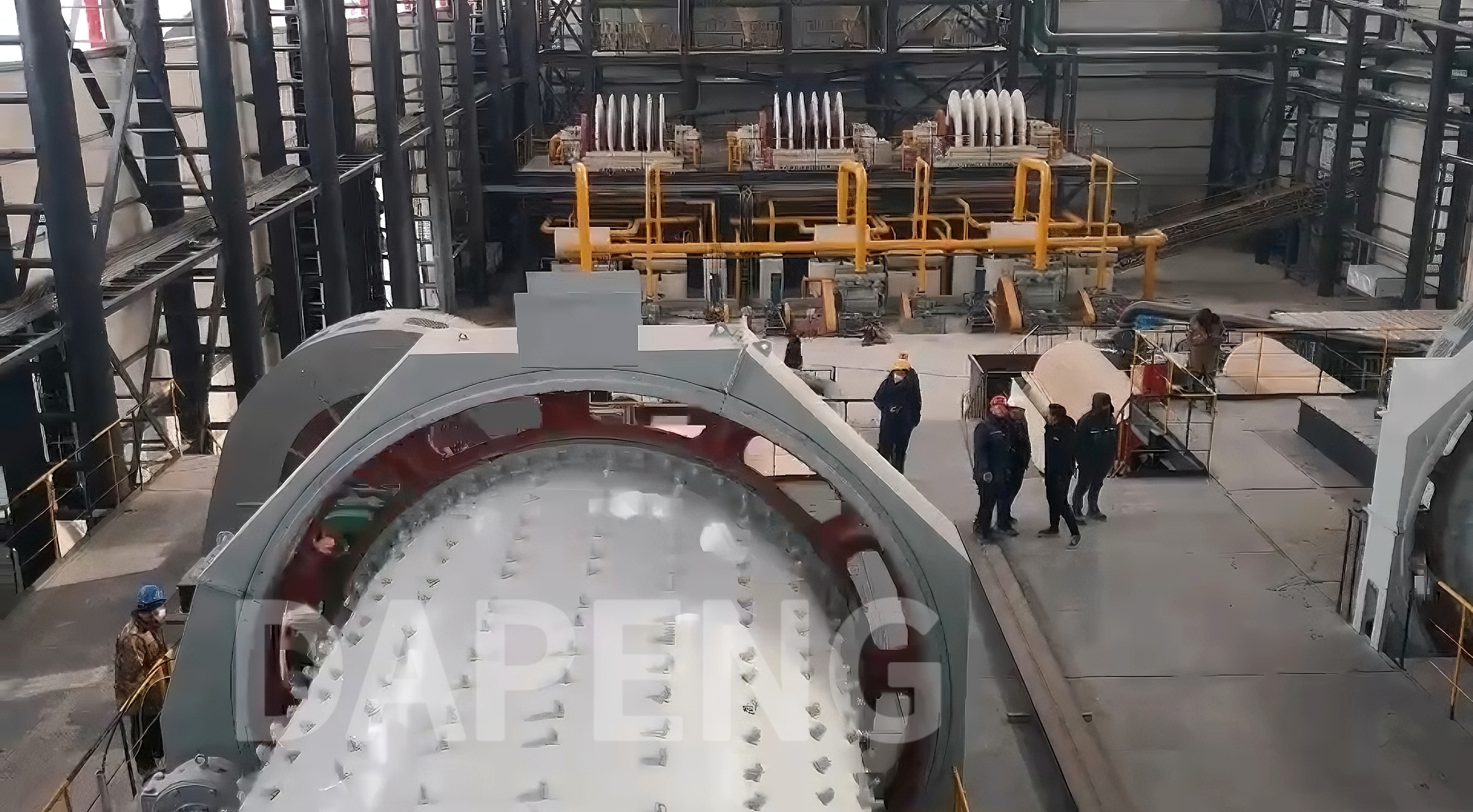
II. Proper Maintenance of the Hydraulic System of the Cone Crusher
A. Ensuring Internal Cleanliness
Dust - extraction systems reduce dust entry in ore - processing cone crushers. Water must be kept out of hydraulic oil to prevent component corrosion. Regular cleaning of the crusher interior with compatible agents is necessary.
B. Precautions When Replacing Hydraulic Oil
Use high - quality filters when adding new oil. Check filters for damage or clogging. Refuel when the oil is warm, and maintain the correct oil level to avoid foaming or insufficient lubrication.
C. Maintaining Hydraulic System Cleanliness
Use the same type of hydraulic oil for cleaning as in normal operation to avoid seal damage. Periodically flush the system with clean oil to remove contaminants.
D. Timely Replacement of Hydraulic Oil
Replace oil soon after shutdown when it's warm for better drainage. Clean the reservoir and components before refilling with the correct oil type.
In conclusion, understanding improper crusher operation consequences and maintaining the cone crusher's hydraulic system properly are crucial for efficient and reliable crusher operation in ore - processing.


